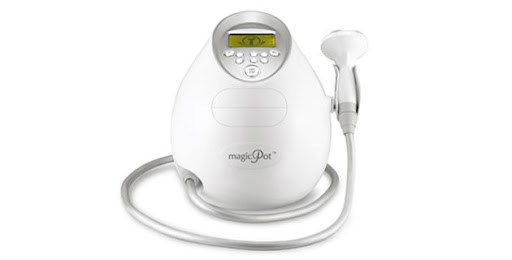

Radiofrequency Thermotherapy: Unveiling Its Mechanisms, Efficacy, and Effectiveness
Radiofrequency thermotherapy, a modern marvel in the world of medical treatments, has been gaining traction for its innovative approach to pain relief and tissue healing. Utilizing radiofrequency energy to generate heat within body tissues, this therapy offers a unique and effective way to address various medical conditions.
Radiofrequency thermotherapy involves the use of high-frequency electrical currents to generate heat within targeted tissues. Here’s how it works:
Energy Generation: A device delivers radiofrequency energy through a probe inserted into the body. This energy creates an alternating electrical current that oscillates water molecules in the tissues, generating heat.
Controlled Heating: The generated heat can be precisely controlled to target specific tissues without damaging surrounding structures. This focused heating is crucial for therapeutic effects.
Tissue Response: The heat induces various biological responses, including denaturation of proteins, coagulation of blood vessels, and stimulation of collagen production. These responses contribute to tissue healing and pain relief.
The Science Behind the Heat
The heat generated by radiofrequency thermotherapy triggers several physiological processes that are beneficial for treating various conditions:
Pain Relief: By applying heat to nerve tissues, radiofrequency thermotherapy can disrupt pain signals, providing relief from chronic pain conditions such as arthritis, back pain, and neuropathy.
Tissue Healing: The controlled heating stimulates collagen production, promoting the repair and regeneration of damaged tissues. This makes it effective for conditions like tendinitis and muscle injuries.
Blood Flow Enhancement: The therapy increases blood flow to the treated area, improving the delivery of oxygen and nutrients while removing waste products. This enhanced circulation aids in the healing process.
Reduction of Inflammation: The heat can reduce inflammation by affecting inflammatory mediators and cells, providing relief from inflammatory conditions.
Evaluating the Efficacy of Radiofrequency Thermotherapy
Research into the efficacy of radiofrequency thermotherapy has shown promising results for a variety of conditions. Here are some areas where this therapy has demonstrated potential:
Chronic Pain Management: Radiofrequency thermotherapy is widely used for managing chronic pain, including osteoarthritis, spinal pain, and peripheral neuropathy. Studies have shown significant pain reduction and improved quality of life for patients undergoing this treatment.
Aesthetic Applications: In the realm of aesthetics, radiofrequency thermotherapy is employed for skin tightening and body contouring. The heat stimulates collagen production, resulting in firmer, more youthful-looking skin.
Oncology: In cancer treatment, radiofrequency ablation is used to destroy malignant tumors. By applying high-frequency energy to the tumor, the therapy can effectively shrink or eliminate cancerous cells.
Cardiology: Radiofrequency thermotherapy is utilized in the treatment of cardiac arrhythmias. The heat can create lesions on heart tissues to disrupt abnormal electrical pathways, restoring normal heart rhythms.
Effectiveness: A Comprehensive View
The effectiveness of radiofrequency thermotherapy can vary based on the condition being treated, the technique used, and the individual receiving the therapy. Here are some factors that influence its success:
Patient Selection: The therapy’s effectiveness can depend on the patient’s specific condition, overall health, and responsiveness to heat-based treatments.
Precision and Technique: The skill and precision of the practitioner in targeting the correct tissues and controlling the heat are crucial for achieving the desired therapeutic outcomes.
Combination with Other Treatments: Radiofrequency thermotherapy is often used alongside other treatments, such as physical therapy or medication. The combination can enhance overall effectiveness.
Long-Term Benefits: While many patients experience immediate relief, the long-term benefits of radiofrequency thermotherapy can vary. Regular follow-up treatments may be necessary to maintain the positive effects.
